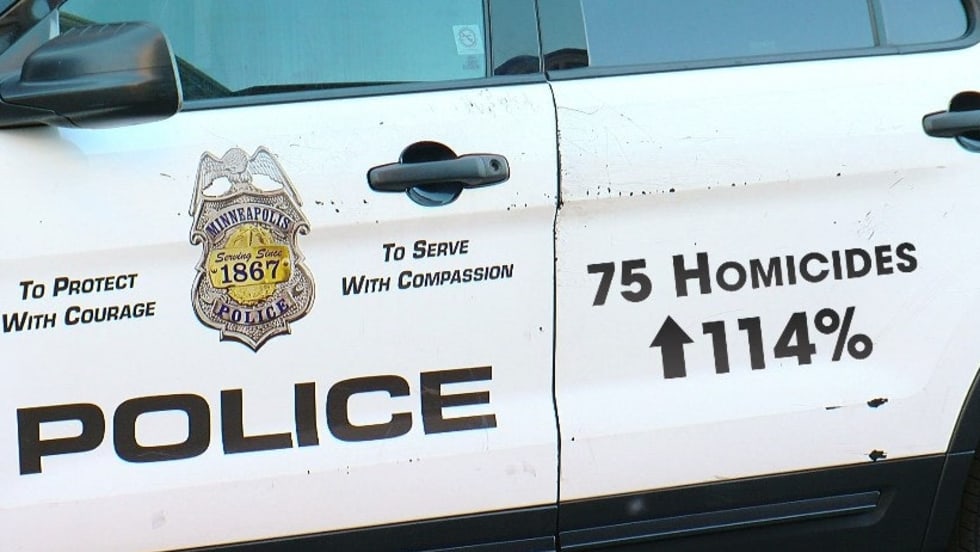
Overtime hours due to staffing shortages has doubled since last year, finance director Robin McPherson told the council. The department also eliminated several units, like some community response teams and those focused on gangs and weapons.
Read More →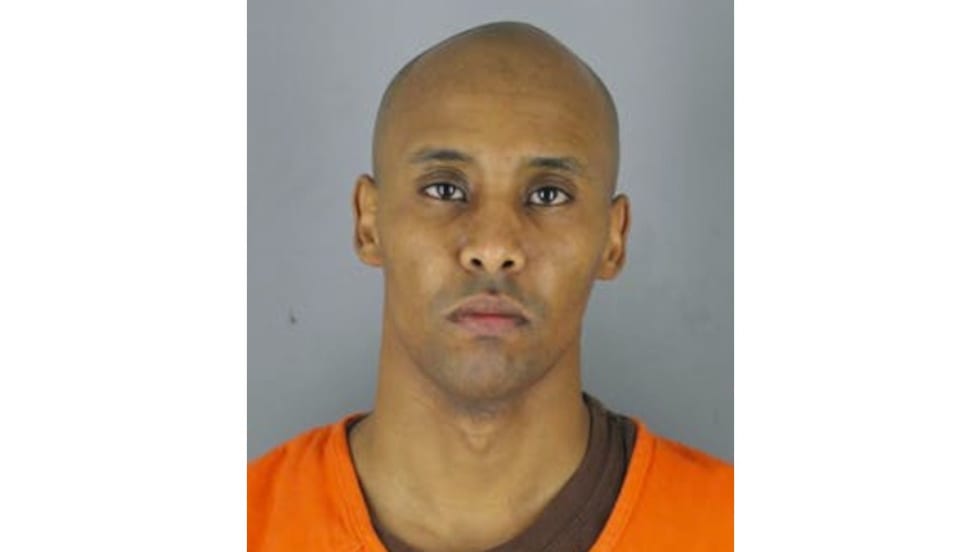
Attorneys for former Minneapolis police officer Mohamed Noor filed court documents Thursday requesting leniency when he is resentenced next week for fatally shooting Justine Ruszczyk Damond.
Read More →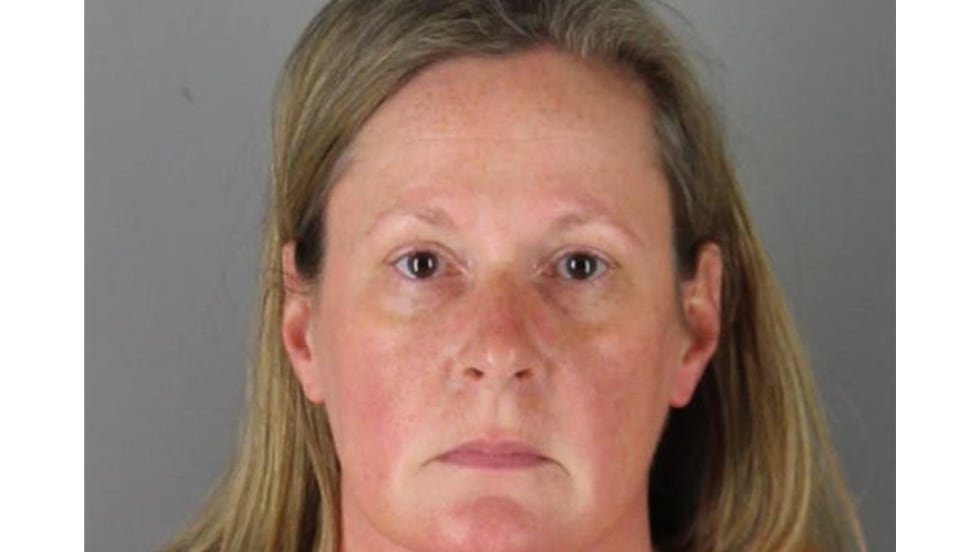
Former Minnesota police officer Kimberly Potter's attorneys filed a notice of defenses Wednesday afternoon that was made public Thursday morning outlining four potential options.
Read More →
The Minneapolis mayor and police chief have laid out plans for a $200,000 Mobile Mental Health Crisis Unit and a $500,000 Early Intervention System, which they say would be covered with $700,000 of grant money from the Pohlad Family Foundation.
Read More →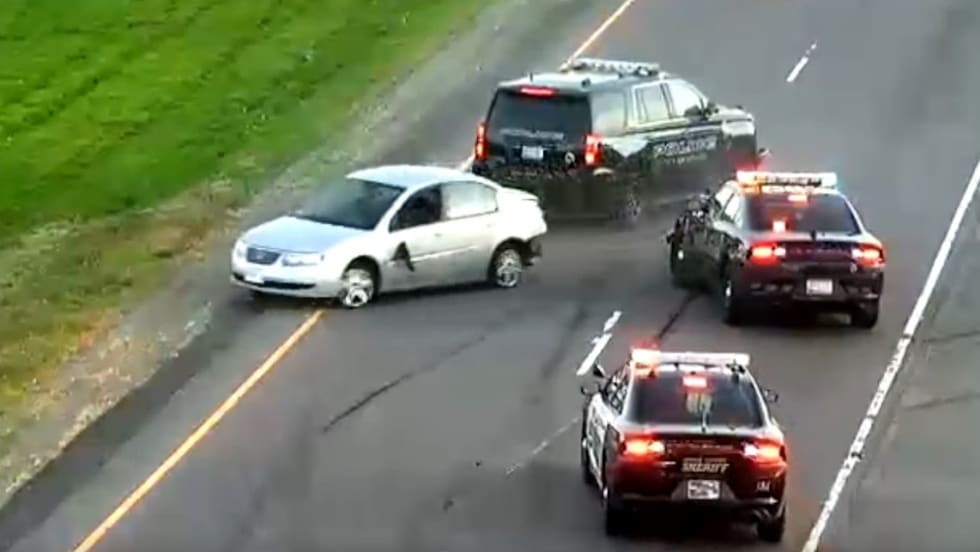
Anoka County Sheriff's deputies and Blaine police officers tried stopping the suspect's vehicle with spike strips and PIT maneuvers. The determined suspect kept going until his vehicle could no longer move.
Read More →
Chauvin's appeal to the Minnesota Court of Appeals came 90 days after his June 25 sentencing on the last day he could have done so, according to court documents.
Read More →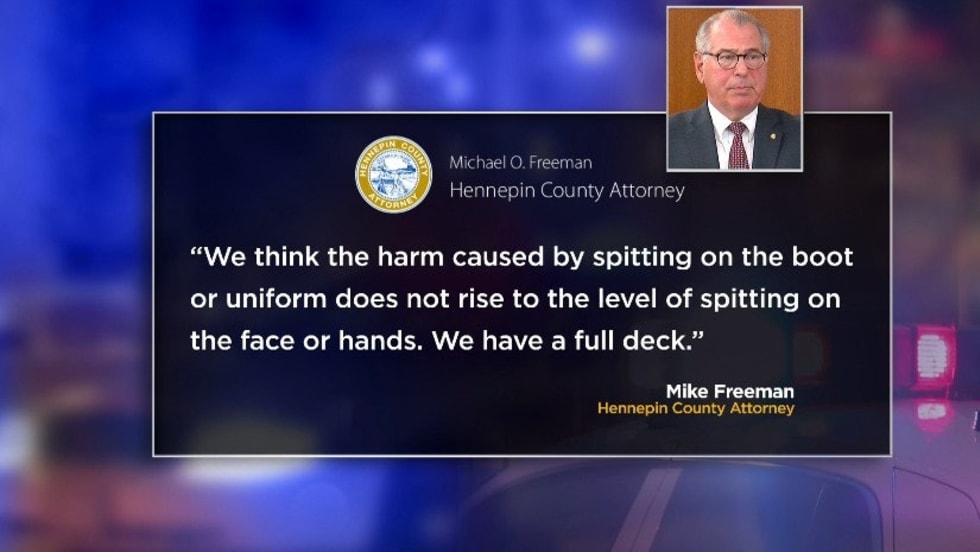
“We think the harm caused by spitting on the boot or uniform does not rise to the level of spitting on the face or hands,” Hennepin County Attorney Mike Freeman said.
Read More →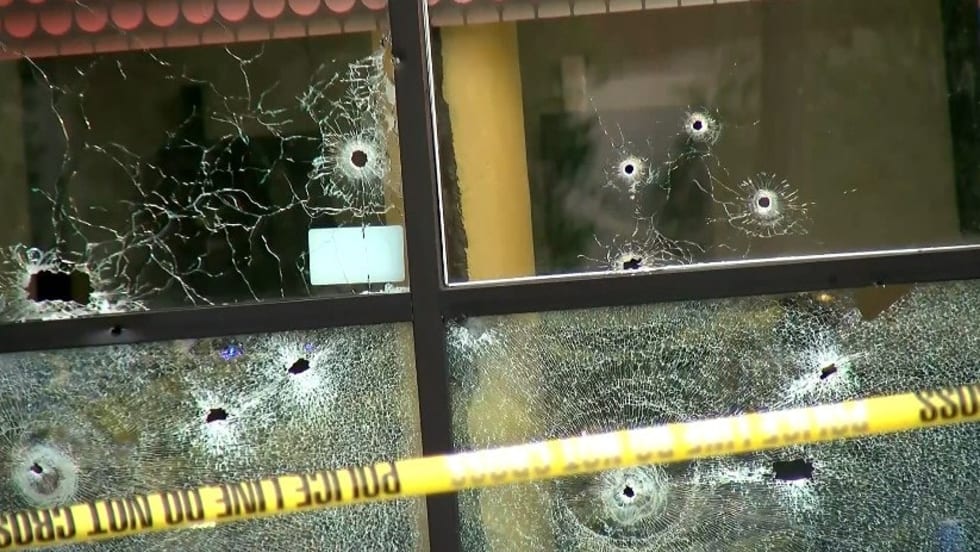
Sent Wednesday, the letter from 26 residents says they have been left to “twist in the winds of violence” for over a year, with the violence including deaths of children due to gunfire. The group says the city as a whole has seen 69 “murders” this year so far, and things are getting worse with more incidents including automatic gunfire.
Read More →
In interviews, some former Minnesota chiefs cited fatigue and anti-police sentiment as part of their rationale for leaving.
Read More →
In a ruling late Thursday, the state supreme court reversed a district court's decision to block the city from counting votes on the question. There was no memo immediately explaining the court's decision
Read More →